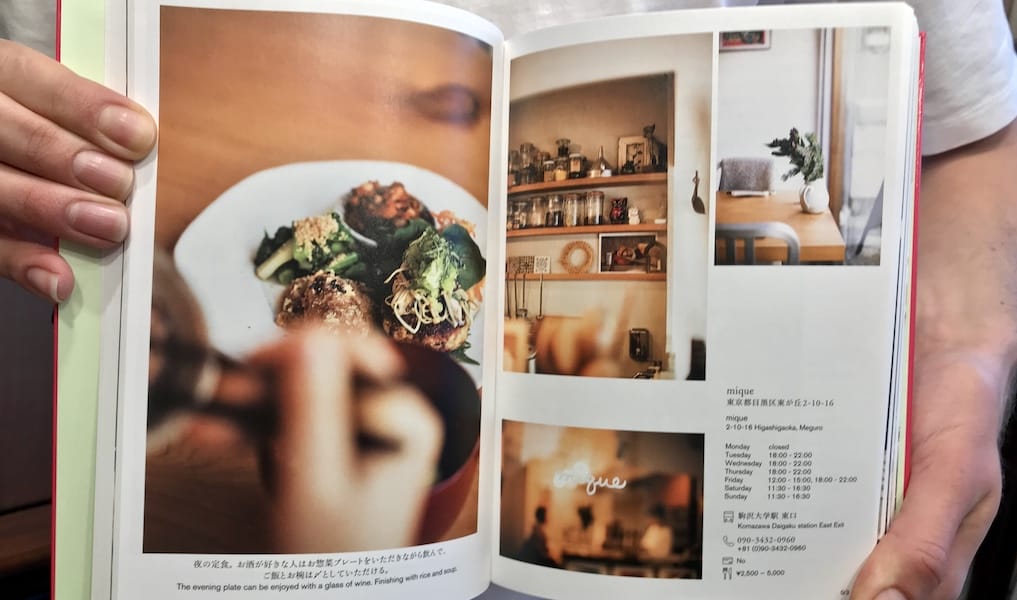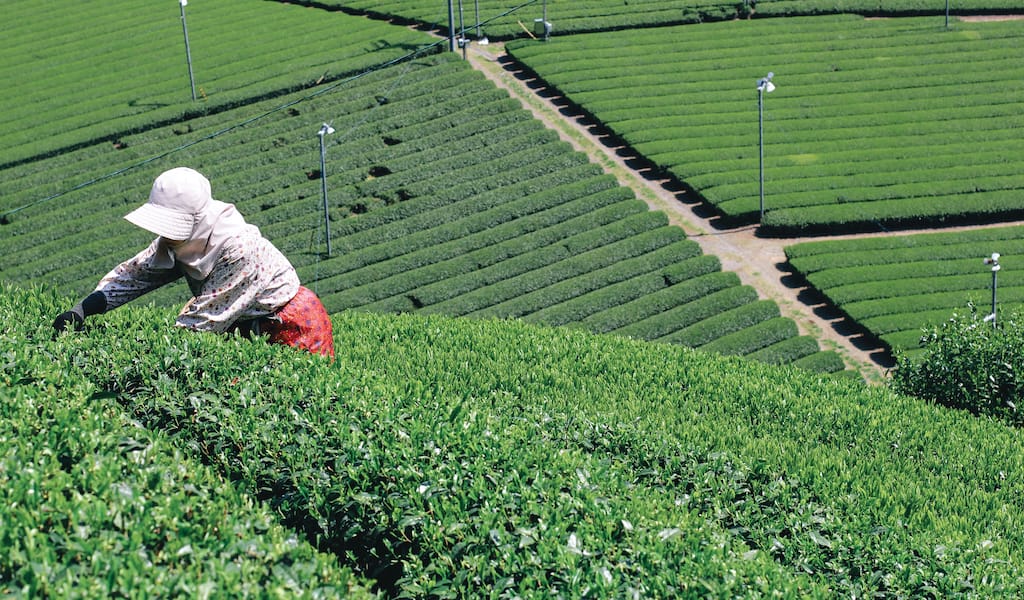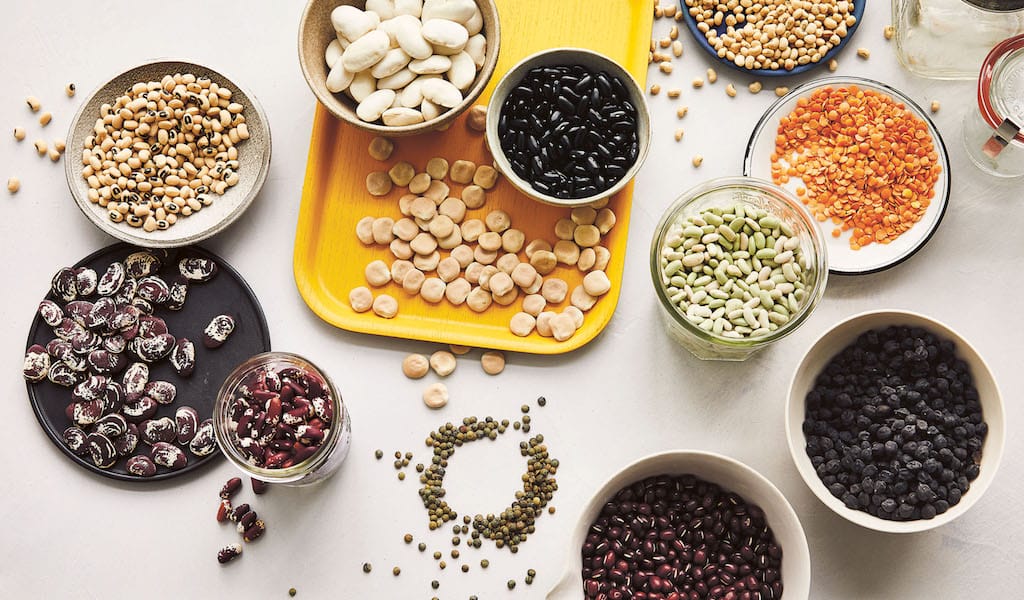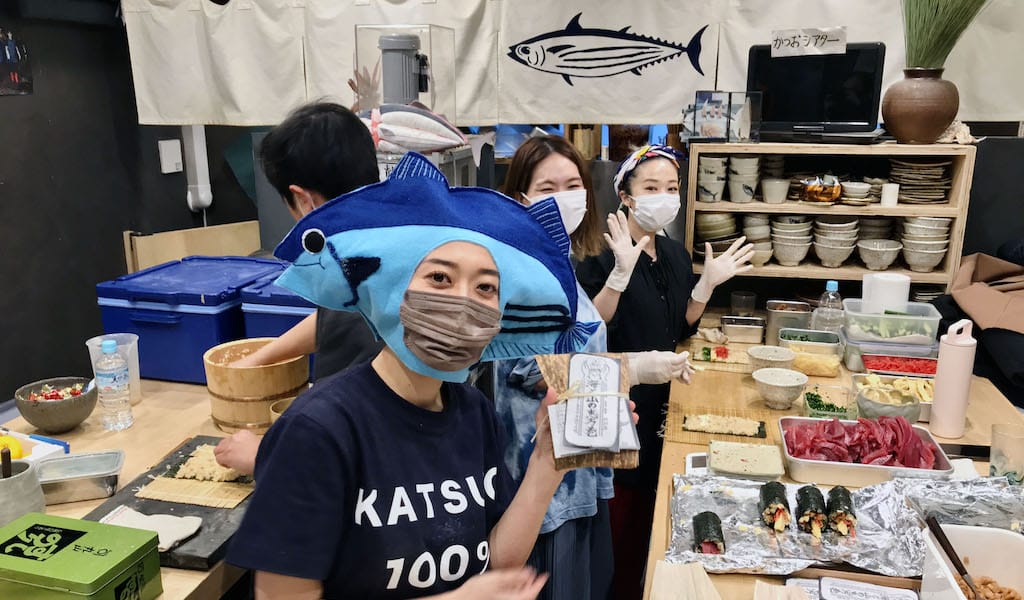Popularly known as “Rice Girl” for her rice subscription service serving up micro-seasonal blends of rice varieties, Momoko Nakamura has had an eclectic career: she’s been a former television producer of food shows like Iron Chef America, start-up founder, director of food events, restaurant consultant, and now, advocate for healthy living and author of culinary guide Plant-Based Tokyo.
Beautifully photographed by Waki Hamatsu and published in 2019, this bilingual book showcases 45 dining establishments in the Tokyo and Shonan areas that focus on plant-based cuisine and sustainable food system practices. But it’s much more than a restaurant directory: it’s a series of profiles or mini-biographies of plant-based chefs around the city.
We recently spoke with Nakamura about the work that went into creating Plant-Based Tokyo, the philosophies that informed the book, and the state of plant-based cuisine in Japan.
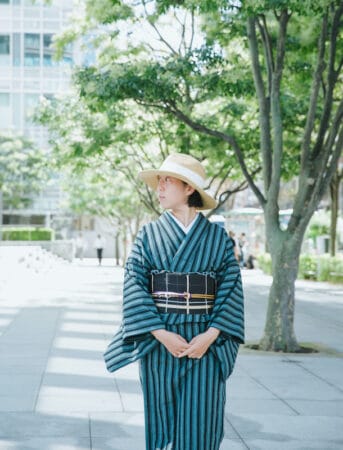
Can you tell us more about how the book took shape?
It was around the time when words like ‘vegan,’ ‘vegetarian’ and ‘organic’ were just bulldozing their way through marketing, social media and in supermarkets. Publishing companies in general were interested in publishing books of that nature. Waki Hamatsu, the photographer who worked on this book with me, had a relationship with a publisher who was interested in doing something. She knew that plant-based eating was fundamentally how I ate, so we worked on the book together. She’s a fantastic photographer. If it had been just words on a page, it would be very different. What I really appreciated was that she’s not looking to take ‘pretty’ pictures. No food beauty shots – it’s very human, it’s not sterile.
Can you tell us about your personal relationship with plant-based eating? Is that something you grew up with, or something you turned to as an adult?
I didn’t grow up as a plant-based eater. As I kind of dived into my preferred way of eating – which is heavily plant based – I realized more and more that Japanese food is fundamentally plant-based.
People have many preconceived notions about what being vegan or vegetarian is, in a place like Japan. Until quite recently, people thought it might be something religious, when it has nothing to do with religion whatsoever, but just how your body harmonizes with food. Looking back at Japan’s agricultural history, [we find that] it’s heavily plant-based. Partially, that’s just what’s available. There are obviously many different types of meat and fish used in Japanese cooking, but not to the extent that vegetables, grains and beans are used. You can certainly eat fully plant-based without missing a beat when you’re eating Japanese food.
Part of the reason that book came to be was because many people associate plant-based eating with raw vegetables on a plate, but even things like soba or just small Japanese side dishes like o-sozai are mostly plant-based anyway. It’s not a far-fetched or peripheral idea, but is very much at the foundation of Japanese cooking.
Do you find that many people perceive Japanese cuisine today as quite light on vegetables?
I understand that perspective as well. A lot of fast-casual eating that’s prevalent throughout Japan tends to be quick and easy, carb-centric food. But that’s still plants – grains are still plants. Whether it’s plant-based or whether it’s healthy are two different stories.
The kind of plant-based cookery I wax lyrical about in the book is not the fast and easy, per se. It’s more thoughtful, with an understanding of how you as an eater are part of a larger food system. Everything on your plate comes from somewhere and from someone. That sort of connection with people and the land is something that can really be expressed and visualized through plant-based cooking. So that’s terroir – whatever we can get on this particular land, and terroir as it relates to climate. What are the foods and cooking methods appropriate for this climate? Every season has a different cooking method, and what’s available every season is different in terms of fruits, vegetables, grains and beans. There’s also all of the fermentation and preservation methods used to create depth of flavor.
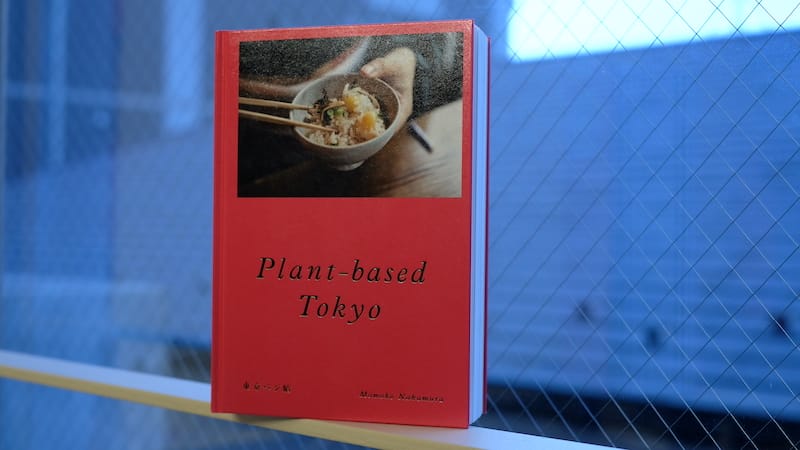
How and why did you include the people who did make it to the final version of the book? What kinds of challenges did you face in drawing their stories out?
They’re the places I personally eat at. I opted out of those that were just plant-based, period. My stance came from how thoughtful the chefs were, their relationship with their community and purveyors. There were certainly chefs I connected with who didn’t want to be featured in a book. This happens so often in Japan – they don’t necessarily want to be in the media, just because there are already people coming through their doors and they want to be able to service those people with care, so they’re not seeking additional attention. So some I couldn’t include, but for the most part, everyone was very generous with their time.
People were rather forthcoming, and it was helpful that I already had personal relationships with most of them. But also, chefs are like any sort of artisan – they’re good at doing what’s in front of them without speaking, so sometimes it required a little bit of prodding and pulling things out. My interview style isn’t so much of a journalistic, third-party approach. I reveal a lot about myself to the person I’m interviewing, because that’s sometimes the only way to approach people who might not otherwise be very verbal.
People have many preconceived notions about what being vegan or vegetarian is, in a place like Japan.
When you were putting this book together, who did you have in mind as your reader? Who were you writing this book for?
We knew the book was going to be bilingual, so the target reader was kind of borderless. It was more about having a common ethos. I suspect people who pick up the book are looking for things of quality, the greater story behind the food.
Also, realistically, the food and beverage sector is extremely fickle. This was true even pre-pandemic. Restaurants open and close all the time. That’s just the living, breathing nature of Tokyo – that has to do with urban sprawl, the need to tear down older buildings. The chefs themselves are living and breathing and their stories constantly evolve. So it was critical to take that into consideration, for the book to outlive that one moment in their restaurant. I didn’t see the point in creating a guidebook with information similar to what’s available online. There needed to be a value-add to printing it on paper, so for me that meant that it’s about the stories of the chefs who are featured, and for readers who want to connect with their stories. If the restaurant is no longer here 10 years from now, my hope is that the book sparks enough curiosity for the reader to look further and explore what they might be up to now.
It’s hard to play favorites, but if you had to recommend just one place, is there one you could point to?
People ask me all the time, but as you know, it all depends on who’s eating. I’m not going to recommend something to someone that’s not their style or preference. If they’re only going to have one meal in Tokyo, I want it to be the most fun and delicious experience that they personally think is fun and delicious. So it’s really difficult for me to say.
One thing I will note is that it’s not just the restaurants I wanted to shed light on. It’s food purveyors of all types – for example the greengrocers who supply the restaurants, of which there’s a list at the back of the book, or sweets and wine shops if you’re looking to buy a food gift. My hope is that it becomes a full day experience where you choose a place to eat lunch, then thereafter buy food gifts to take back home or to the hotel.
Do you think people are more interested in plant-based cuisine than before?
I think so. When we published the book, the word ‘plant-based’ wasn’t widely-used here, but it was important for me to use this instead of, say, ‘vegan’ because that was the opposite of what I wanted to do. It was important that it didn’t exclude anyone: you can eat fish and still be plant-based. When the book first came out, someone wrote in saying, there’s honey at the place you mentioned and that’s not plant-based. There’s a whole mentality of exclusion, but ‘plant-based’ is very much more inclusive. The word is certainly getting airtime now, and I think people in general are looking for more environmentally responsible, nourishing food.
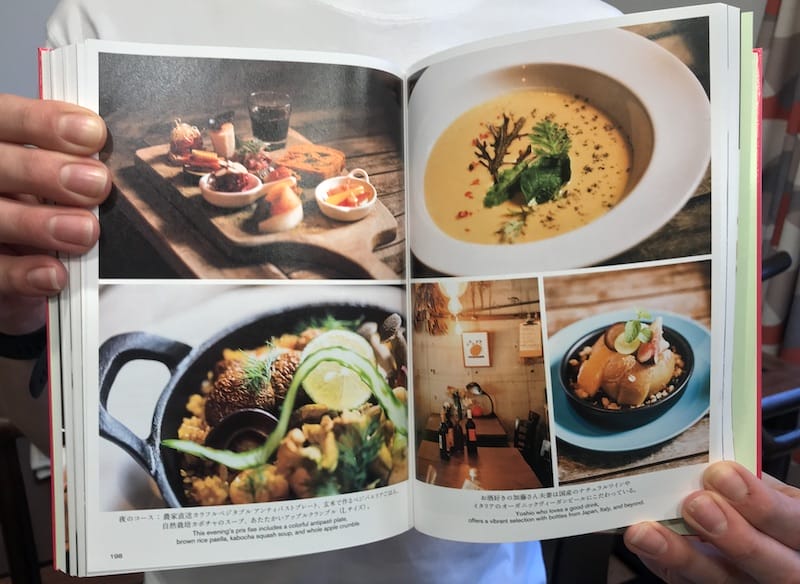
It’s spring! What kind of ingredients are in your kitchen?
Right now, fresh seaweeds like wakame are making their way back into my dishes. I always incorporate that into salads or soups. Also spring cabbage and ha-negi, onion bulbs that still have their greens on top. You can use the entire thing. I personally like to make a suri-nagashi, which is basically a soup that’s just the ingredient and a bit of dashi (stock), like a creamy soup without any cream. In the evening I usually have some sort of suri-nagashi no matter what time of year it is, because you can just enjoy that ingredient as is without it really being altered at all. In the summertime, it could be like a sweet version – watermelon, or tomato for a kind of gazpacho.
What are you working on now that you’d like to share with people?
I have several things ongoing—one is community education programs which fall under the concept of the Japanese art of regenerative living. There’s Japan Food Study, which essentially dives into Japanese food culture beyond cooking and eating, with all of the components like geopolitical history, folklore and mystical characters in the arts, all these things that create a really wonderful eating and cooking experience. There’s another called Microseasonal Journaling, which is about what the microseasonal calendar is and how it can be incorporated into your own life as a meditative tool.
Click here or here (e-book) to purchase your copy of “Plant-Based Tokyo” (Milestaff, 2020), out now.
 June 6, 2022 CB Book Club
June 6, 2022 CB Book Club
Author Zach Mangan, founder of Kettl, a tea and teaware company based in New York City […] Posted in Tokyo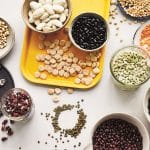 March 3, 2022 Recipe
March 3, 2022 Recipe
We spoke to Joe Yonan, the James Beard Award-winning food and dining editor of The […] Posted in Mexico City February 21, 2022 Ehōmaki
February 21, 2022 Ehōmaki
It’s not every day you see someone’s face peeking out of the belly of a bright blue […] Posted in Tokyo
Florentyna LeowFlorentyna Leow
Published on May 26, 2022
Related stories
June 6, 2022
Tokyo | By Florentyna Leow
TokyoAuthor Zach Mangan, founder of Kettl, a tea and teaware company based in New York City and Fukuoka, Japan, shares the stories of tea producers and craft of tea-making in his new book, Stories of Japanese Tea: The Regions, the Growers, and the Craft (Princeton Architectural Press, 2022). Originally a jazz drummer, Mangan first experienced…
March 3, 2022
Mexico City | By Culinary Backstreets
Mexico CityWe spoke to Joe Yonan, the James Beard Award-winning food and dining editor of The Washington Post, about his cookbook, Cool Beans: The Ultimate Guide to the World's Most Versatile Plant-Based Protein (Ten Speed Press, February 2020). And he provided us with a recipe for his garlicky great northern beans and broccoli rabe over toast (scroll…
February 21, 2022
Tokyo | By Florentyna Leow
TokyoIt’s not every day you see someone’s face peeking out of the belly of a bright blue skipjack bonito (katsuo). You certainly don’t expect them to wear fish-shaped headgear while wrapping dozens of sushi rolls all morning. But this was how Mai Nagamatsu, katsuobushi evangelist and proprietor of breakfast diner Katsuo Shokudo, greeted us on…







































